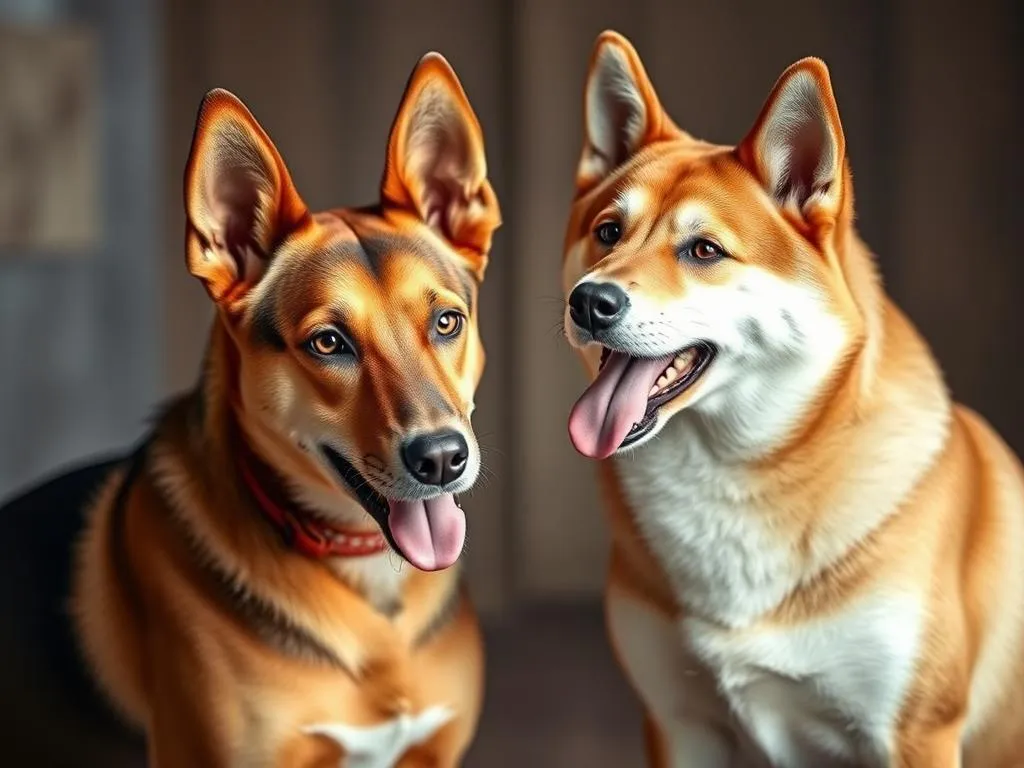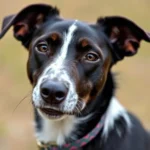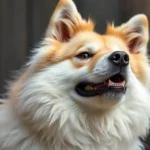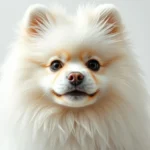
Choosing the right dog breed is a crucial decision that can significantly impact your quality of life and the happiness of your furry companion. With countless breeds available, each with its own unique traits, understanding the differences and similarities between them is vital. Two breeds that often pique the interest of dog lovers are the Basenji and the Shiba Inu. Both breeds are known for their distinctive characteristics, making them popular among pet owners. In this article, we will delve deep into a comparison of Basenji vs Shiba Inu, exploring their origins, physical traits, temperament, and more.
Breed Origins
Basenji
The Basenji traces its roots back to Central Africa, where it has been a companion and hunting dog for centuries. Often referred to as the “barkless dog,” the Basenji is known for its unique yodel-like sound. This breed was traditionally used by African tribes for hunting small game, thanks to its keen senses and agility. The Basenji’s environment and role in tribal life have contributed to its independent nature, making it a unique addition to the canine world.
Shiba Inu
In contrast, the Shiba Inu hails from Japan and is one of the oldest and smallest native Japanese breeds. Initially bred for hunting small game in the mountainous regions of Japan, the Shiba Inu has a rich cultural significance. The breed symbolizes loyalty and courage in Japanese folklore. Over time, the Shiba Inu has transitioned from a hunting companion to a beloved family pet, cherished for its spirited personality and fox-like appearance.
Physical Characteristics
Basenji
The Basenji is a medium-sized dog, typically weighing between 22 to 24 pounds and standing about 16 to 17 inches tall at the shoulder. Its coat is short and smooth, requiring minimal grooming. Basenjis come in various colors, including chestnut, black, and brindle, often with white markings. A distinctive feature of this breed is its tightly curled tail and erect ears, which add to its alert and poised appearance.
Shiba Inu
The Shiba Inu is slightly smaller than the Basenji, weighing between 17 to 23 pounds and standing about 13.5 to 16.5 inches tall. The Shiba Inu is well-known for its thick double coat, which can be red, sesame (red with black-tipped hairs), black and tan, or cream. The breed’s signature fox-like face, with its pointed ears and curled tail, gives it a striking appearance that many find irresistible.
Temperament and Behavior
Basenji
When it comes to temperament, the Basenji is known for its independence and loyalty. These dogs are often described as confident and curious, making them excellent companions for active families. Basenjis generally get along well with children and other pets, but they require early socialization to thrive. A unique behavioral trait of the Basenji is its vocalization; instead of barking, it produces a unique yodel-like sound, which can be both charming and amusing.
Shiba Inu
The Shiba Inu, on the other hand, is spirited and confident, often exhibiting a strong-willed and somewhat stubborn personality. While they can be affectionate with their families, they may be aloof with strangers. Shiba Inus require proper socialization to ensure they grow into well-rounded adult dogs. Their vocalizations can include a range of sounds, from barks to a distinct “woo-woo” noise. This breed is known for its playful nature and strong prey drive, making them an engaging companion.
Trainability
Basenji
Training a Basenji can be both rewarding and challenging. These dogs are intelligent and eager to learn, but their independent nature can make them less compliant. Positive reinforcement techniques work best, focusing on rewards rather than punishment. However, potential owners should be aware that Basenjis can be quite stubborn, so patience and consistency are key when training.
Shiba Inu
Similar to the Basenji, the Shiba Inu is intelligent and capable of learning various commands. However, their stubbornness can pose challenges during training sessions. Consistency, patience, and positive reinforcement are essential for successful training. Shiba Inus respond well to structured training environments but may test boundaries if they sense a lack of leadership.
Exercise and Activity Needs
Basenji
A Basenji requires daily exercise to stay healthy and happy. Regular walks, playtime, and mental stimulation are essential to prevent boredom and destructive behaviors. Basenjis are known for their high energy levels, and engaging them in activities like agility training or fetch can be incredibly rewarding. A well-exercised Basenji tends to display better behavior and is more content.
Shiba Inu
The Shiba Inu also has a high energy level and requires regular exercise. Daily walks, interactive play, and mental challenges are crucial to keep them stimulated. Shiba Inus enjoy activities that allow them to use their natural hunting instincts, such as fetch or scent work. Like the Basenji, a well-exercised Shiba Inu will be happier and less prone to behavioral issues.
Health and Lifespan
Basenji
The average lifespan of a Basenji is typically between 12 to 16 years. While they are generally healthy, Basenjis can be prone to certain genetic health issues, such as hip dysplasia, eye disorders, and Fanconi syndrome. Regular veterinary check-ups and a balanced diet are essential to ensure their well-being. Responsible breeding practices can also help reduce the risk of hereditary health problems.
Shiba Inu
The Shiba Inu enjoys a similar lifespan, averaging 12 to 15 years. They are generally healthy, but potential owners should be aware of common health concerns, including hip dysplasia, patellar luxation, and certain eye conditions. Regular veterinary care, a nutritious diet, and maintaining a healthy weight are crucial for the Shiba Inu’s longevity.
Grooming Needs
Basenji
Grooming a Basenji is relatively straightforward due to its short coat. Weekly brushing is usually sufficient to keep their coat healthy and free of loose hair. Bathing should only be done as needed, as excessive bathing can strip their coat of natural oils. Regular dental care and nail trimming are also important aspects of grooming for this breed.
Shiba Inu
The Shiba Inu requires more grooming due to its double coat. Regular brushing, especially during shedding seasons, helps keep loose hair at bay and maintains coat health. Bathing should be done as needed, but frequent baths should be avoided. Regular dental hygiene and nail care are also essential for the Shiba Inu’s overall health and well-being.
Ideal Living Conditions
Basenji
The Basenji is adaptable and can thrive in various living environments, including apartments and houses, as long as they receive adequate exercise. They do well in homes with secure yards where they can play and explore. Basenjis generally get along with other pets but may have a strong prey drive, so supervision is advised around smaller animals.
Shiba Inu
Similarly, the Shiba Inu can adapt to different living conditions, but it thrives best in an environment where it can get regular exercise. While they can live in apartments, access to outdoor space is beneficial. Shiba Inus can be territorial and may not always get along with other pets, especially if not properly socialized, so careful introductions are essential.
Cost of Ownership
Basenji
The initial purchase price of a Basenji can vary, typically ranging from $1,000 to $2,500, depending on the breeder and location. Ongoing expenses include food, grooming, and veterinary care, which can average between $500 to $1,000 annually. Investing in training and socialization classes is also advisable for this breed.
Shiba Inu
The Shiba Inu usually has a similar purchase price, ranging from $1,500 to $3,000. Like the Basenji, ongoing costs for food, grooming, and veterinary care can range from $500 to $1,000 per year. Responsible pet ownership also includes budgeting for training and socialization expenses.
Conclusion
In the battle of Basenji vs Shiba Inu, both breeds offer unique characteristics and charm. While the Basenji is known for its independence and unique vocalizations, the Shiba Inu is celebrated for its spirited personality and fox-like appearance. When considering which breed to bring into your home, reflect on your lifestyle, activity level, and preferences.
Ultimately, both breeds require committed owners who can provide the necessary exercise, training, and love. By understanding the differences and similarities between the Basenji and Shiba Inu, potential dog owners can make a more informed decision that aligns with their lifestyle and home environment.









